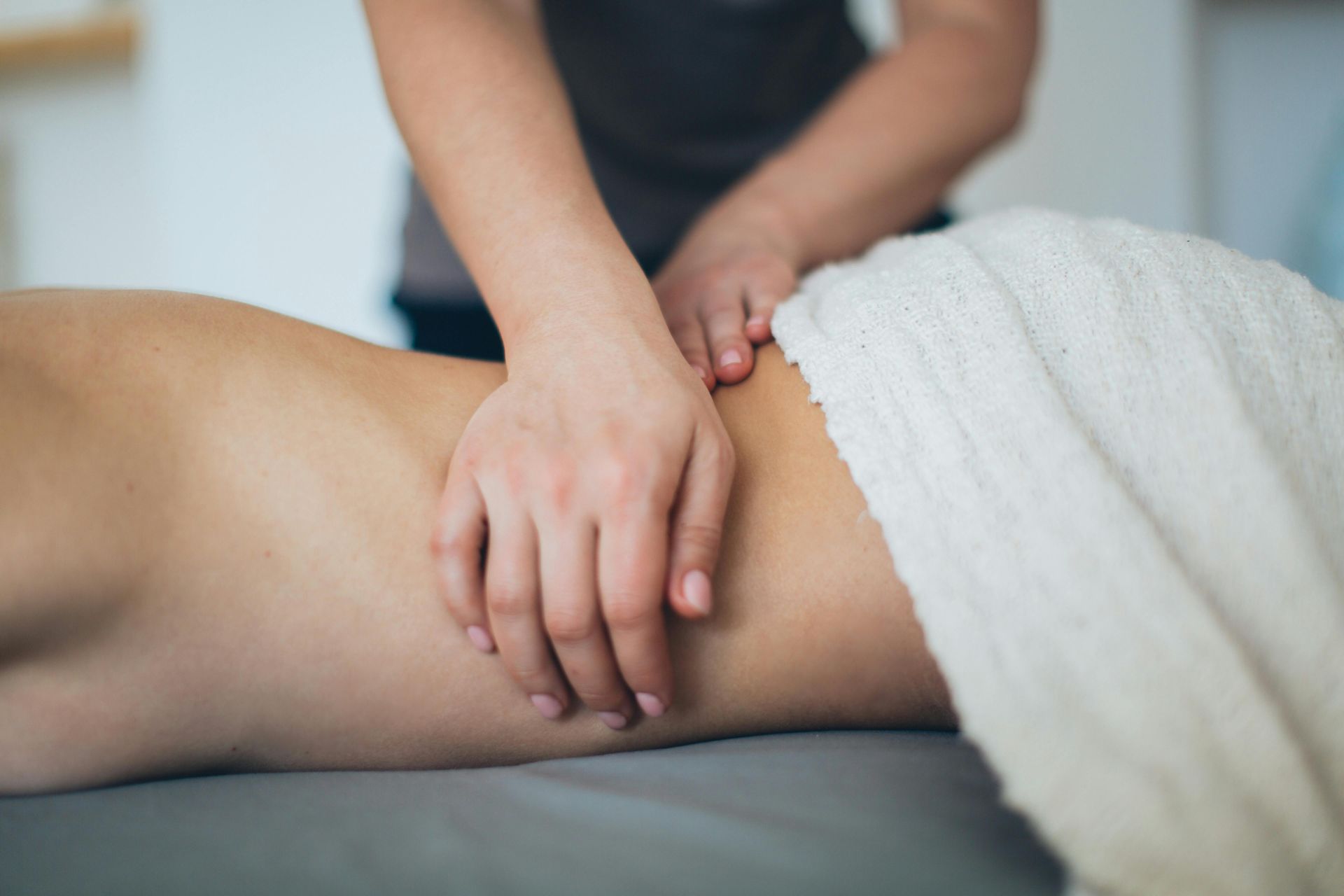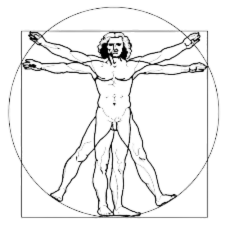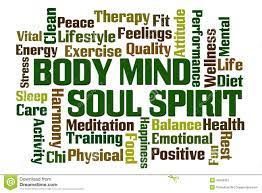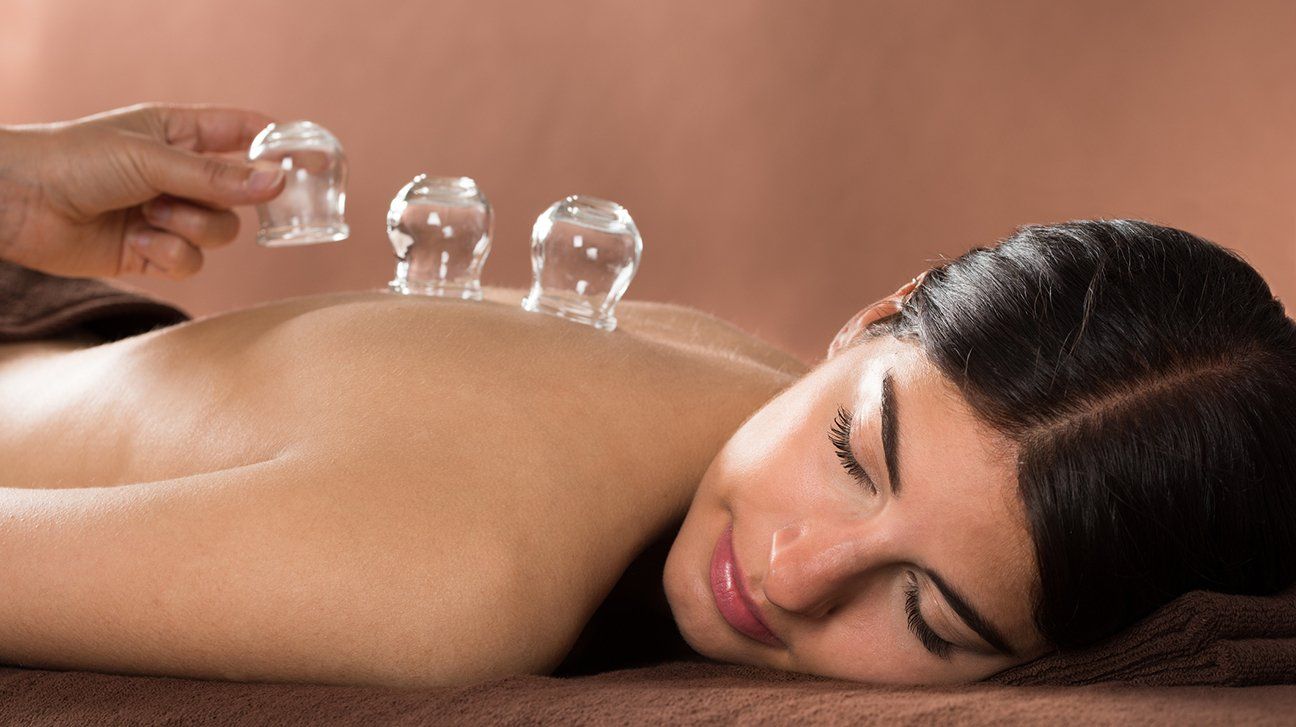The Ultimate Guide to the Benefits of Sports Massage for Athletes and Active Individuals
Introduction
If you’ve ever pushed your body to its limits—whether through intense workouts, long-distance running, or competitive sports—you know the toll it can take. Muscle soreness, stiffness, and even injuries are common struggles for active individuals.
This is where sports massage therapy comes in.
Unlike a traditional relaxation massage, sports massage is designed to enhance performance, prevent injuries, and aid in recovery. It’s not just for professional athletes; anyone with an active lifestyle can benefit.
In this article, we’ll explore the key benefits of sports massage, how it works, and why it should be part of your fitness routine.
1. What is Sports Massage?
At its core, sports massage therapy is a specialized form of massage that focuses on treating and preventing injuries, improving flexibility, and enhancing athletic performance.
Unlike Swedish or deep tissue massage, sports massage:
- Targets specific muscle groups that are overused or strained.
- Incorporates stretching and deep pressure to improve mobility.
- Helps reduce muscle tension and increase circulation for faster recovery.
It’s commonly used before or after workouts, competitions, and training sessions to maximize physical performance and reduce the risk of injuries.

2. Top Benefits of Sports Massage Therapy
If you’re wondering why so many athletes swear by sports massage benefits, here’s why:
2.1 Sports Massage for Injury Prevention
One of the biggest advantages of sports massage is its ability to prevent injuries before they happen. Regular sessions can:
✔
Identify tight areas that could lead to strains or sprains.
✔
Improve blood circulation, keeping muscles well-nourished and oxygenated.
✔
Reduce muscular imbalances, which often contribute to injuries.
Think of it as maintenance work for your body—just like tuning up a car before a long road trip!
2.2 Sports Massage for Muscle Recovery
Ever felt that deep soreness after an intense workout? That’s called Delayed Onset Muscle Soreness (DOMS), and it can slow down your progress.
Sports massage helps your body recover faster by:
- Flushing out toxins and lactic acid that build up in the muscles.
- Increasing blood flow, delivering oxygen and nutrients to damaged tissues.
- Breaking up adhesions (knots) that can restrict movement.
Regular post-workout massages can keep you training harder and more consistently without long recovery delays.
2.3 Sports Massage for Flexibility and Range of Motion
Tight muscles can seriously limit your range of motion, making movements feel stiff and uncomfortable. Sports massage works to loosen tight muscle fibers and improve overall flexibility, allowing for:
- Greater ease of movement in exercises like squats, lunges, and running.
- Reduced stiffness, particularly in high-impact sports like basketball or weightlifting.
- Better posture and alignment, which can reduce stress on joints.
More flexibility = better movement = fewer injuries!
2.4 Sports Massage for Performance Enhancement
Want to perform at your best? Sports massage can give you an edge by:
✔
Reducing muscle fatigue, allowing for longer, more intense training sessions.
✔
Enhancing coordination by improving nerve function.
✔
Lowering stress hormones that can negatively impact focus and endurance.
It’s no coincidence that elite athletes schedule regular sports massages—they know it keeps them faster, stronger, and more agile.

3. Who Can Benefit from Sports Massage?
Many people assume sports massage is just for athletes, but that’s not true! It’s beneficial for:
- Runners, cyclists, and weightlifters looking to optimize recovery.
- Weekend warriors who want to stay injury-free.
- People with physically demanding jobs that lead to muscle tightness.
- Anyone experiencing chronic pain or stiffness due to repetitive movements.
Whether you train daily or just enjoy an active lifestyle, sports massage therapy can help you feel and perform better.
4. Common Sports Massage Techniques and How They Work
Different techniques are used in sports massage therapy, depending on your needs. Here are a few of the most effective ones:
✔️ Effleurage – Light, gliding strokes that warm up the muscles.
✔️ Petrissage – Kneading movements that break up tension and improve elasticity.
✔️ Deep Tissue Massage – Firm pressure that releases chronic muscle tightness.✔️
✔️ Trigger Point Therapy – Pinpointing tight knots and releasing them with deep pressure.
✔️ Myofascial Release – Stretching the connective tissue (fascia) to improve movement.
A good therapist will tailor the treatment to your body’s needs, ensuring maximum benefit.

5. When and How Often Should You Get a Sports Massage?
✔
Before workouts (Pre-event massage): Helps warm up muscles and improve circulation.
✔After workouts (Post-event massage): Speeds up recovery and reduces soreness.
✔
Regular maintenance (Weekly or bi-weekly): Prevents long-term muscle tightness and injury.
The ideal frequency depends on how active you are—but even one session per month can make a difference!
Conclusion
Sports massage therapy isn’t just a luxury—it’s a powerful tool for improving performance, preventing injuries, and enhancing overall well-being. Whether you're a competitive athlete or simply someone who enjoys an active lifestyle, regular sports massages can help keep your body in peak condition.
Ready to experience the benefits of sports massage for yourself? Book a session with a professional massage therapist, Billy Kelley, today! Billy's Signature Massage incorporates all the benefits of Sports Massage and Deep Tissue Massage.
Looking for expert sports massage therapy or other forms of massage therapy? Use our
booking page today to schedule an appointment and take your performance to the next level!
Share Today!











